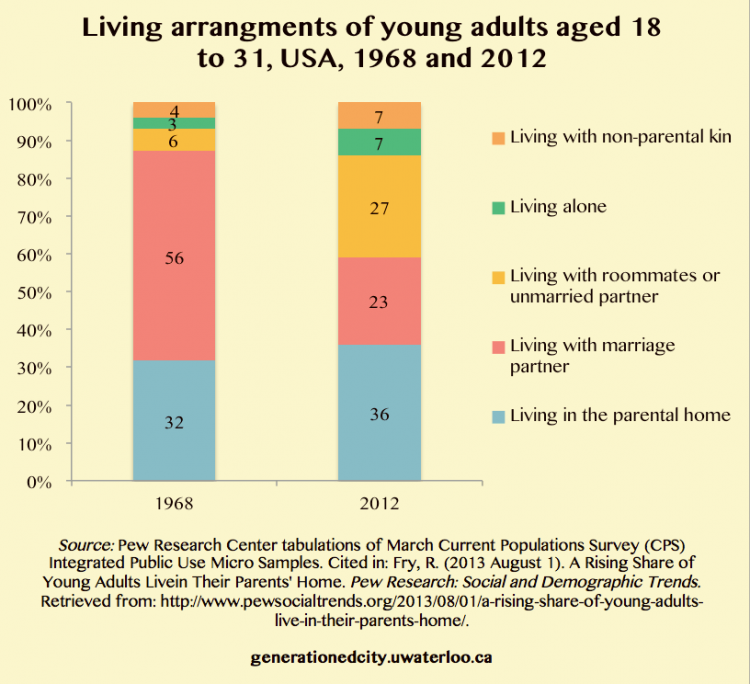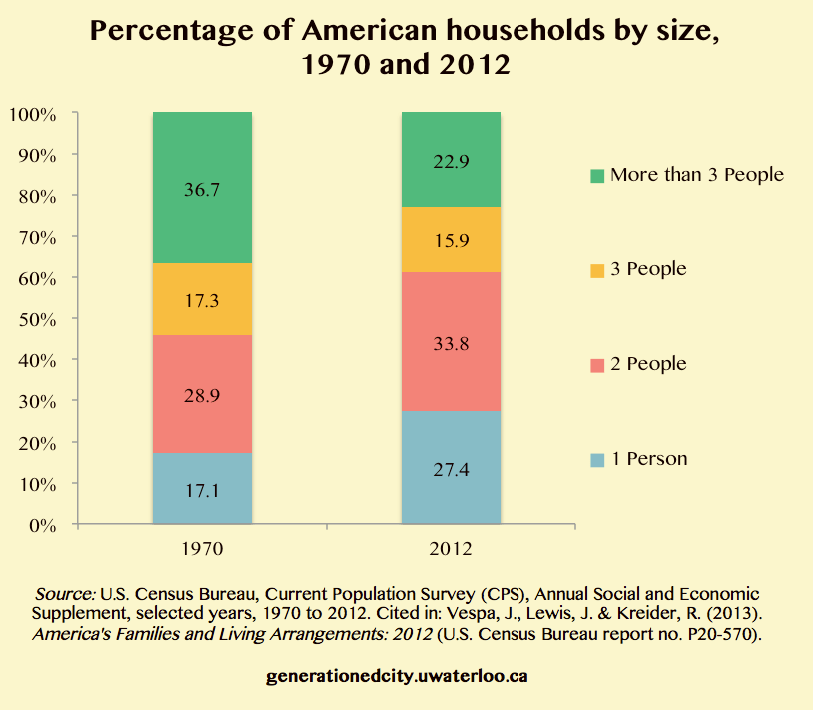The pursuit of youthfulness, whether it’s by the way we dress, how we cut our hair, or perhaps even by plastic surgery, has arguably become a cultural pre-occupation, at least in the ways that Hollywood actors and actresses are portrayed in film and the media. Based on historic accounts in literature and other media, it would seem that people have felt nostalgic about their youth for a long time. But it also appears that people today are more concerned than in the past about how to ‘stay younger,’ and for ‘longer’.

For instance, several researchers and commentators have started to observe an extension of the young adult phase. One explanation is that we simply cannot ‘let go’ of our youth, and thus hang on as long as we can to a life stage often perceived to be associated with fewer responsibilities. Another is that an increase in life expectancy could logically contribute to an extension of all life stages. While these factors may play a role, the reality is more complex than that.

Source: Clark, W. (2007). Delayed Transitions of Young Adults. Canadian Social Trends. Statistics Canada catalogue no. 11-008-XWE 2007004. Accessed at: http://www.statcan.gc.ca/pub/11-008-x/2007004/10311-eng.htm#a1
My friends are here, my girlfriend is here, my work is here… for this period in my life… it just seems that everything I want is right downtown. It’s like a campus for young… grown-ups.
Sociologists, and researchers in other fields, portray life as composed of a series of ‘markers’ that signal changes in life stages. These markers are context specific and will differ over time and across different cultures and countries. In North America (and Europe) the following markers were often associated with moving from young adulthood to adulthood: getting married, getting a job, and having children.
Changing living arrangements in Canada


Today the norms surrounding family formation and child bearing have dramatically changed. Young people are getting married and having children later, or foregoing these altogether. A combination of factors such as increasing educational attainment, contraception, advances in reproductive technology, the equalization of women’s rights, and women’s increasing labor force participation rates have contributed to these shifts.
Changing living arrangements in the U.S.

Some portray these changes as a ‘delay’, which is based on underlying assumptions that there is a seemingly ‘natural’ sequence of events that one must follow in life—when of course the markers are socially constructed. Therefore others suggest that we have to re-theorize altogether what it means to be young and what it means to be aging in today’s societal context where people are making life decisions in a less predictable sequence than was the case in the past.
Changing household size in the U.S.


The outcomes of these changes are visible in cities by the ways housing developments, entertainment districts, shopping, festivals and urban public space are catering, and marketed, to young adults (and other spaces to different age groups). Demographically, the trends have contributed to decreases in household size, a delay in leaving the parental home, and later entry into the job market. Some neighborhoods are now seemingly remaining “forever young” as young people continue to move into cities and neighborhoods where other young people are already living, while those aging move to other parts of the city. Professor Moos has called this phenomenon “youthification”.
